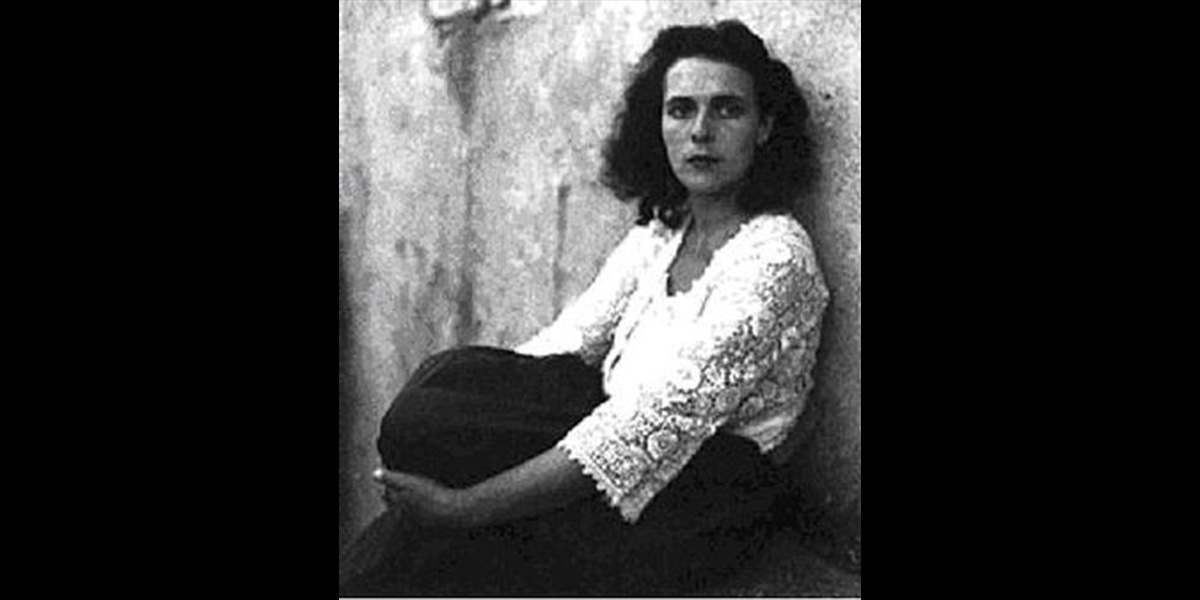Leonora Carrington 6 April 1917 – 25 May 2011 was a British-born Mexican artist, painter, sculptor, writer, alchemist, visionary, and poster girl of the 1930s Surrealism movement. Carrington was born during George V’s reign, to Harold Carrington, a textile tycoon, and Mairi Moorhead.
They were social climbers and, much to the young Leonora’s disgust, took great delight in having her presented at court. She opted away from London society choosing to attend the Chelsea School of Art, where she thrived.
Carrington lived a life every bit as surreal as her art. On seeing Max Ernst’s work in 1936 at the International Surrealist Exhibition in London, she was immediately attracted to the artist’s work and personality. She later met Ernst at a party in London in 1937. The artists bonded and returned to Paris together where Ernst separated from his wife. The couple moved in together and joined the heart of the Surrealist circle which included Marcel Duchamp, Joan Miró, Man Ray, Paul Eluard, and leader/founder André Breton, whom Carrington described as, “the headmaster of Surrealism”.
In 1938 they left Paris and settled in Saint Martin d’Ardèche in the Provence region, of the south of France. The new couple collaborated and supported each other’s artistic development. With the outbreak of World War II, Ernst was arrested by French authorities for being a “hostile alien,” but thanks to the intercession of Paul Éluard, and other friends including the American journalist Varian Fry he was discharged a few weeks later. When the Nazi occupation of France took place, Ernst was arrested again, this time by the Gestapo. He managed to escape and flee to America with the help of Peggy Guggenheim, a patron. After Ernst’s arrest, a devastated Carrington fled to Spain. Paralysing anxiety and growing delusions culminated in a final breakdown at the British embassy in Madrid. Her parents intervened and had her institutionalized. She was given cardiazol, a powerful GABA stimulator that was eventually banned by the U.S. Food and Drug Administration (FDA) and other authorities. After being released into the care of a nurse who took her to Lisbon, Carrington ran away and sought refuge in the Mexican Embassy. Ernst and Carrington had experienced so much misery that they were unable to reconnect, meanwhile, Ernst had become the lover of Peggy Guggenheim. He later married the wealthy mining heiress in 1941.
Carrington was already a notorious avant-garde artist, with a reputation as the former lover of the 46-year-old Max Ernst. She escaped from a Spanish lunatic asylum. Terrified of the Nazis and half mad, she hastily married a Mexican poet, got on a boat and fled Europe forever. She soon met Emerico Weisz, a Hungarian Jew and press photographer, whom she later married and had two sons with. She also found new artist friends, Remedios Varo and Kati Horna. The three, once described by Frida Kahlo as “those European bitches”, became very close, and their children grew up together. Most of her final years were spent in the same three-storey house in a leafy, run-down artists’ area of Mexico City.
Photo: unknown Immediate source Wikipedia

